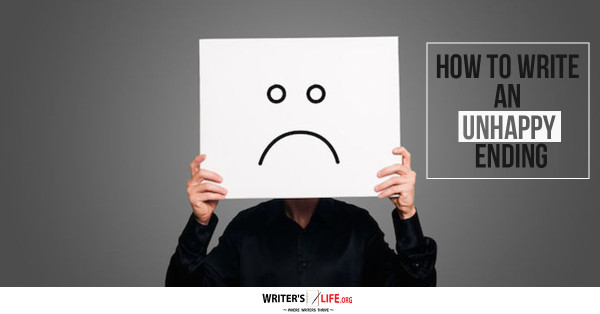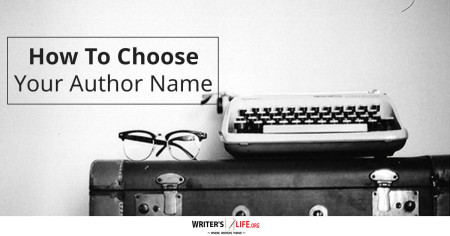- How To Tackle Jealousy In Creative Writing
- Common Submission Mistakes
- How To Stop Your Blog Becoming Boring
- The One Thing Every Successful Writer Has In Common
- How To Make Yourself Aware Of Publishing Scams
- Why Almost ALL Writers Make These Grammar Mistakes At Some Point
- 5 Tips For Authors On How To Deal With Rejection
- Top Mistakes to Avoid When Writing a Novel
- How to Avoid Common New Writer Mistakes
- 10 Mistakes New Fiction Writers Make
How To Write An Unhappy Ending

We all love a happy ending, don’t we? Something that makes us feel all warm and fuzzy inside, and helps us to feel like everything in the world is going to be okay?
This is probably why the majority of books, and indeed films, tend to avoid an unhappy ending and instead create one where all loose ends are tied up, the protagonist overcomes all the obstacles and dangers in their way, and finally achieves their goal.
However, while happy endings are fantastic, they are not always the right choice when it comes to writing the final scenes of your book.
It’s true that most of your readers will want, and perhaps even expect it, but if it doesn’t fit in with your storyline then it simply isn’t meant to be.
Even if you are the most optimistic person in the world, just listen up for a second to see if we can’t persuade you that sometimes unhappy endings are the way to play it!
They feel more real
OK so this might seem a little depressing but more often than not people don’t get everything they ever wished for.
All novels need to have a struggle and obstacles that your protagonist must overcome in order to achieve their goal. But is it really realistic to assume they will manage to? Even if they do, will they have the energy, the fight left in them to be truly happy?
If the happy ending seems all too improbable, don’t just throw it in there to make your reader happy. They might be uncomfortable and shocked by a sad ending, but as long as it makes them feel something, this isn’t necessarily a bad thing.
They bring out more emotion
A reader finishing your book with tears streaming down their face is just as powerful as one who ends it with a satisfied smile.
Readers are used to everything working out for the hero or heroine of a story. If it doesn’t, this can bring about huge surges of emotion, especially if they care about that character (which hopefully the should do).
Sad endings don’t have to be completely brutal, they can be bittersweet. Your character might survive, but perhaps their lover doesn’t. They might finally trace their long lost parent only to find out they have months left to live. Choosing a sad ending can be painful for both the reader and the author, but it can be very powerful too.
They can be easier to write
Sad endings can actually be easier to write than happy ones. Ending on a note where everything is rosy often feels a little like trailing off in the middle of a sentence. You would cringe at a book that ends ‘and they all lived happily ever after,’ but if your ending is mighty peachy you might as well be doing just that.
Getting a happy ending right is tough. Sadness lends itself better to an ending because sadness is so often brought about by something ending anyway - a person leaving, a relationship breakup, a death. You get the (miserable) picture.
They stay with you
I chose to write a somewhat bittersweet ending for my own novel, ‘Doctor Vanilla’s Sunflowers,’ why? Because every book I have read with a sad ending has stuck with me.
If you have invested emotionally in these characters and everything ends happily, you can sort of leave them to it. If the story ends with them lonely, distressed, anguished or in pain, you can’t help but wonder whether they will ever survive, if they will ever get through it.
Writing an ending for your book is tough, whichever way you decide to do it.
However, before you assume that you need to make everything happy, and tie up all those loos ends, perhaps consider what effect it would have on your story if you didn’t?
You never know, you might find that an unhappy ending is the way to go.





















One Comment